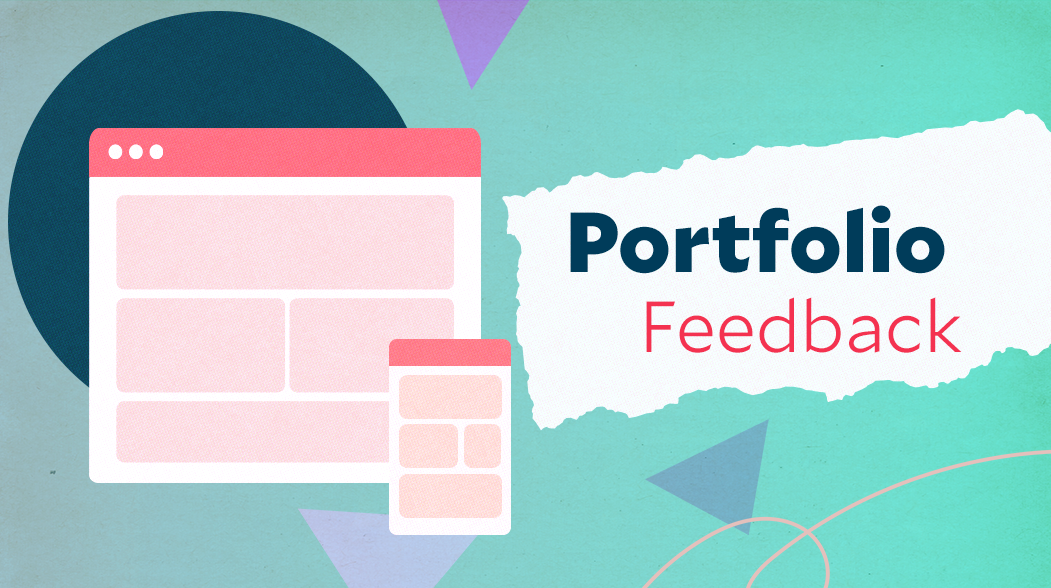How to make your UX portfolio stand out: Actionable advice for improvement
Improve your UX Portfolio by leveraging expert advice on how to make your UX portfolio stand out from the crowd.

If you're new to UX and trying to get your first job, your UX portfolio is your ticket through the door. Unfortunately, there are common mistakes people make in their portfolio, so you'll want to understand what they are an how to avoid them.
It can be challenging to understand how to improve your portfolio, if you've never done one before. People reach out for feedback on their portfolios regularly, and this time I thought it'd be good to show what actually goes into reviewing a UX portfolio.
My experience reviewing UX portfolios
For context, I've worked at several big tech companies, including Meta, Amazon, and LinkedIn. I spent a fair amount of time interviewing candidates at Meta, reviewing portfolios, conducting app critiques and whiteboarding interviews. Tech companies are notoriously difficult to get into and have intense hiring processes, and I've been on both sides of that table- as a candidate and as an interviewer. I've also hired designers as a manager, so I've hired from that angle as well.
What your portfolio needs to accomplish
UX portfolios are the business card of UX designers and Product Designers. They communicate that you know how to take a business problem and create a visual solution to solve that business problem. When you're creating a portfolio, you're communicating your design process because how you did something is as important as what you did. Your portfolio tells the story of your problem-solving approach and shows hiring managers that you can think strategically about design decisions.
The UX portfolio review
Let's get started with inital impressions and the home page organization.
Initial Impressions
Key takeaways:
✅ What's working well:
- Color palette has good visual contrast
- The projects are all visible and easily noticeable
🧠 Considerations
• Organizing the projects in a container with labels about the project
• Clear call to action that something is clickable
UX case study feedback
Key takeaways:
✅ What's working well:
- The app image is front and center and easily viewable
- Nice overview of the project
- Great organization of the overview, problem, role, and responsibilities
- The lean business canvas approach is a good framework to set up the business side of the design
- Lots of great info on the competitors in the space
- Yay Tenets!
- The case study has a lot of the main ingredients
🧠 Considerations
- The Header (Bot Conference) maybe could be grouped above Overview and under the image to keep the information together
- The body font is on the smaller size, potentially increase that to a larger size
- Clarify the problem statement a bit more
- The business canvas modules can benefit from a less click-y layout
- Clarify the Tenets so they are more aligned with why the app exists, rather than process and center align the text
- Separate the user pathway into multiple diagrams - Information Architecture, and a couple of key flows
- Adding final mockups/wireframes and possibly a prototype
Final mockup advice
General Feedback:
• Include spacing and native OS elements to ensure that designing on mobile is realistic for the spatial constraints, reference Apple HIG and Material guidelines for Android.
Great job on your first UX Portfolio! Portfolios are never done, they are constantly being iterated on, hopefully this feedback is helpful.
UX portfolios are never done
Iteration and feedback are key to making sure you're communicating your work. I constantly iterate and tweak my portfolio as I start to see things I hadn't noticed before. If you treat it as an ongoing project you'll be ready when the right job comes along!
Happy job hunting!
